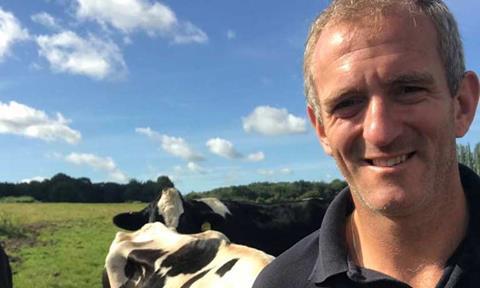The British Veterinary Association (BVA) has welcomed the Review of the Welfare of Animals at the Time of Killing (WATOK) but called on the Government to commit to making the improvements outlined in the report.

The post-implementation review of England’s WATOK regulations, published by Defra, recognises several policy recommendations proposed by BVA. These include measures such as developing non-aversive stunning methods in pigs and improving the regulation of non-stun slaughter.
A full list of the recommendations can be found via the WATOK review here.
Commenting on the review, BVA president, James Russell, said: “We agree with the report’s findings that current WATOK regulations provide a good framework to support positive animal health and welfare outcomes and we’re proud of the Official Veterinarians who play an integral role in securing high standards of animal health and welfare in slaughterhouses.
“Defra must ensure that these points are taken forwards with changes to legislation and implementation to maintain the position as world leaders in welfare.”
“It is critically important that we have evidence-based legislation in place so that slaughter processes result in a humane death for animals, that minimises avoidable pain, distress, fear, and suffering.
“But it’s clear there is room for improvement. We’re pleased that several BVA recommendations were highlighted as key areas for improvements in the current regulations but we’re concerned that the publication of the review did not include a commitment to action.
“The next step must be for the Government to demonstrate its intentions to be a world leader in animal welfare across the board by implementing the recommendations, which are supported by vets, animal welfare experts, and industry.”
Chair of the BVA Welfare at Slaughter Working Group, Collin Wilson, added: “Defra must ensure that these points are taken forwards with changes to legislation and implementation to maintain the position as world leaders in welfare.”
Photograph: BVA president, James Russell.
This story was originally published on a previous version of the Meat Management website and so there may be some missing images and formatting issues.












